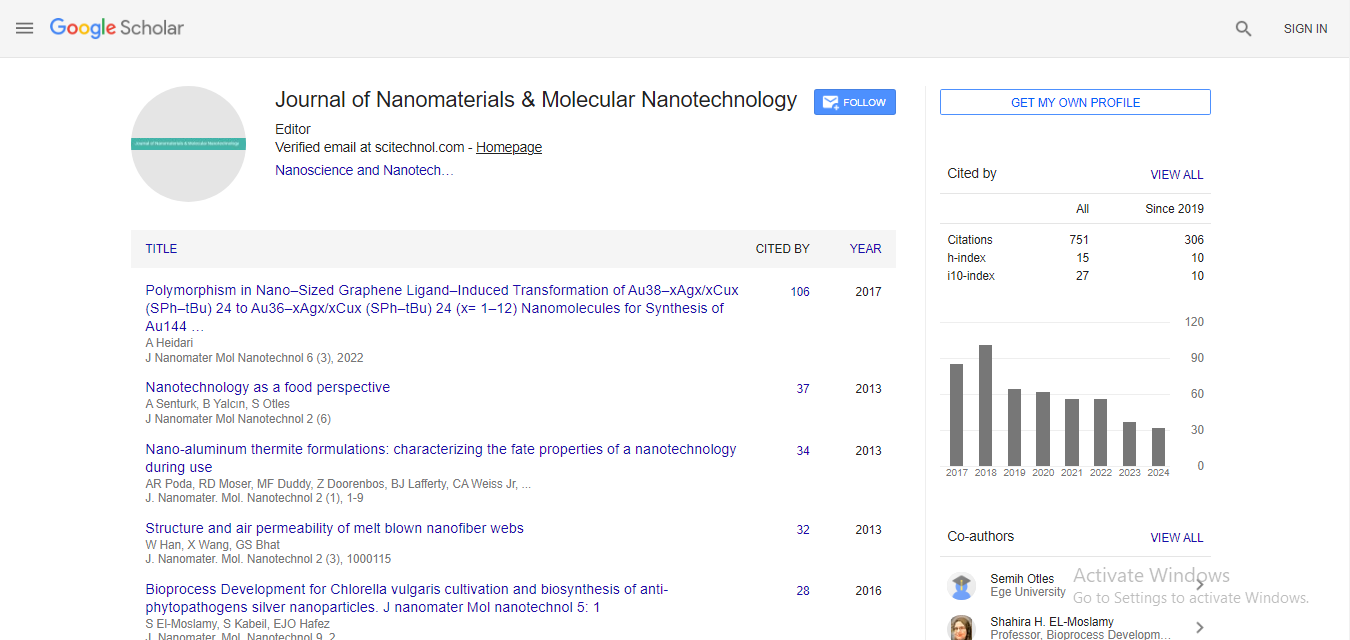The "tiny animals": Roots of nanotechnology
John McClellan Marshall
Senior Judge, Fourteenth Judicial District of Texas, USA
: J Nanomater Mol Nanotechnol
Abstract
From the mid-1500's to the early 1700's, a period in history that some call "the Scientific Revolution", the perspective of science on the world in general and on the size of things changed dramatically. It began with the publication in 1543 of De revolutionibus orbium coelestium, which can be summarized in the phrase "terrae motor, solis caelique stator [planets move, the sun and sky stand still]" which appears on the pedestal of the statue of Copernicus in his birthplace, Torún, Poland. At the beginning of this period, the writings of Copernicus, truly "revolutionary", immediately impacted the view of astronomers and other members of the scientific community as to just what the solar system probably looked like and how it behaved. Of course, this was something of a "macro" view, fueled by a history of observations that dated back at least two millennia as well as those of Copernicus himself beginning when he was a student in Kraków, and later refined by Kepler. Indeed, the Scientific Revolution had begun. During the next century, the work of Galileo Galilei and its implied confirmation of Copernican heliocentric theory aroused the ire of the Church. His Dialogo sopra i due massimi sistemi del mondo (Dialogue Concerning the Two Chief World Systems), published in 1632, almost led to a formal condemnation for heresy, yet it secured his place as the central figure of the Scientific Revolution in the 17th Century. This was in part due to his development of the "Galilean telescope" with which much more precise observations of the stars and planets and their movements could be made than were hitherto possible. These observations tended to confirm the theories espoused by Copernicus, which led to Galileo's trial and forced recantation. The fact that Galileo spent the last nine years of his life under house arrest after having had to recant much of what he had written had little impact on what he has become known for. All of this activity reflected a scientific curiosity that tended to look outward, from the Earth to the Cosmos, seeking to determine how big things were and how they worked. There can be little doubt that it was an intellectually exciting time.
Biography
He is a recipient of many awards and grants for his valuable contributions and discoveries in major area of subject research. He is international experience includes various programs, contributions and participation in different countries for diverse fields of study.
 Spanish
Spanish  Chinese
Chinese  Russian
Russian  German
German  French
French  Japanese
Japanese  Portuguese
Portuguese  Hindi
Hindi 



